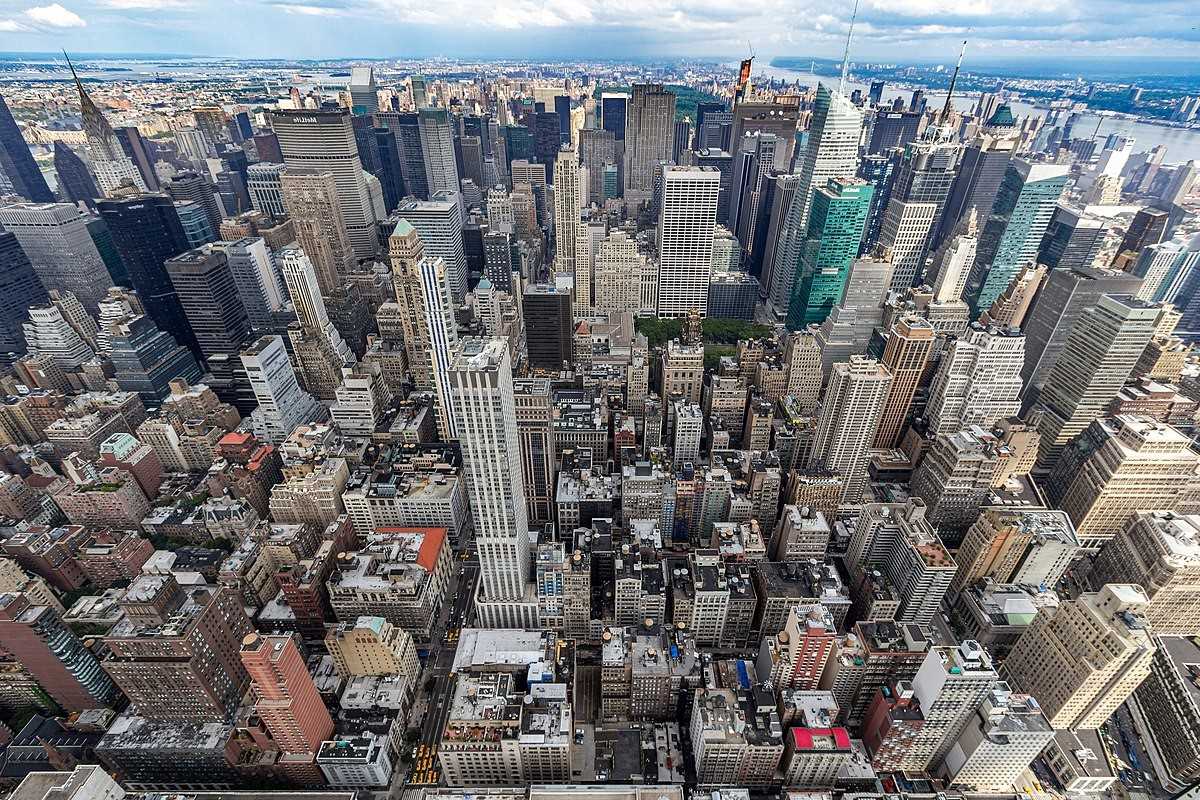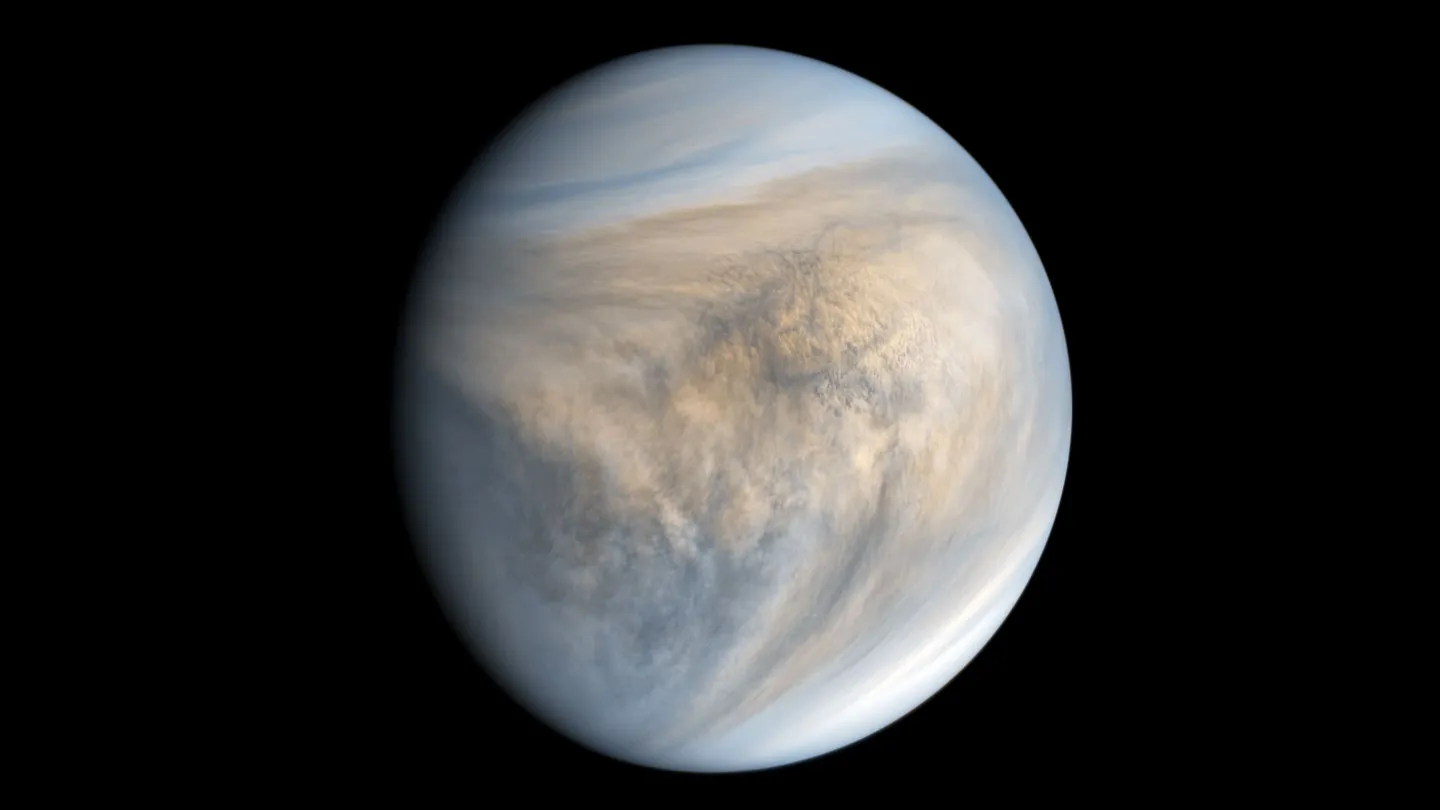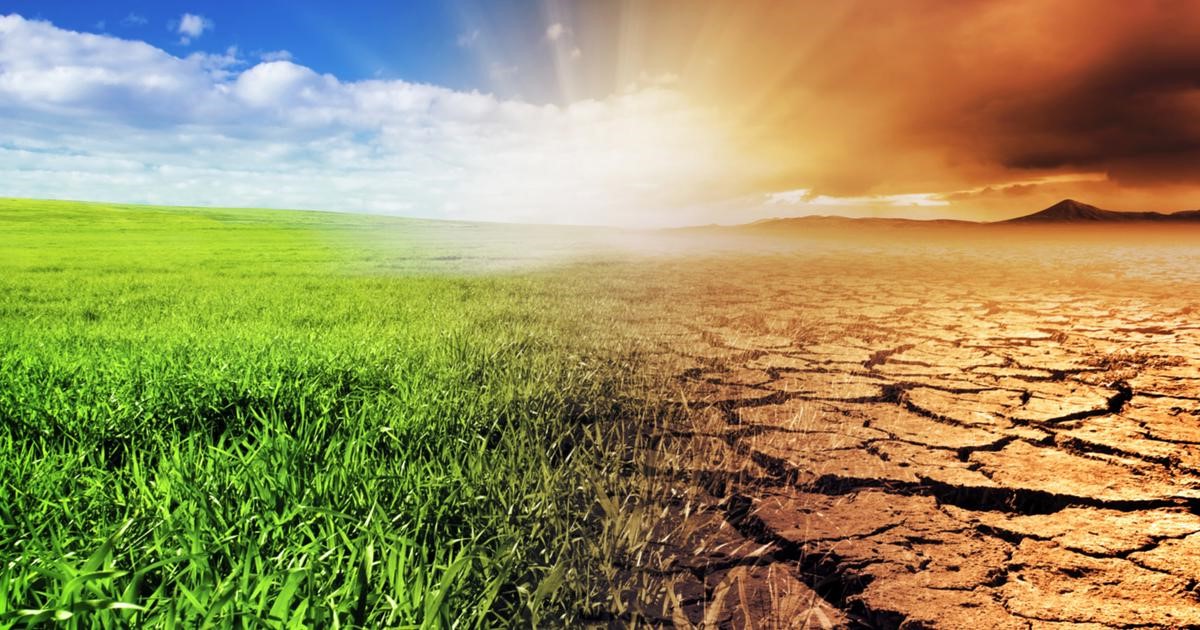Home>Weather and Climate>Understanding The Cooler Temperatures In Quito, Ecuador Compared To Other Equatorial Locations


Weather and Climate
Understanding The Cooler Temperatures In Quito, Ecuador Compared To Other Equatorial Locations
Published: March 6, 2024
Discover the unique weather and climate of Quito, Ecuador, with cooler temperatures compared to other equatorial locations. Gain insights into the factors that contribute to this phenomenon.
(Many of the links in this article redirect to a specific reviewed product. Your purchase of these products through affiliate links helps to generate commission for Temperatures.com, at no extra cost. Learn more)
Table of Contents
Introduction
Quito, the capital city of Ecuador, is renowned for its unique climate, which sets it apart from other equatorial locations. Despite being situated just 25 kilometers south of the equator, Quito experiences cooler temperatures that defy the expectations typically associated with equatorial regions. This intriguing phenomenon has captivated the interest of meteorologists, environmentalists, and travelers alike, prompting a deeper exploration into the factors contributing to this climatic anomaly.
The contrast between Quito's climate and that of other equatorial regions is a fascinating subject that warrants a closer examination. By delving into the intricacies of Quito's weather patterns and temperature variations, we can gain a deeper understanding of the complex interplay of geographical, meteorological, and environmental factors that shape the city's climate. This exploration will shed light on the unique characteristics that make Quito a compelling case study for understanding the diverse manifestations of equatorial climates across the globe.
As we embark on this journey of discovery, we will unravel the multifaceted nature of Quito's climate, delving into the impact of altitude, geographical location, and environmental influences on the city's temperature patterns. By unraveling the mysteries of Quito's cooler temperatures in comparison to other equatorial locations, we will gain valuable insights into the dynamic interplay of natural forces that shape the world's diverse climates. Join us as we unravel the enigmatic allure of Quito's climate and uncover the captivating story behind its cooler temperatures.
Factors Contributing to Cooler Temperatures in Quito
Quito's unique position near the equator might lead one to expect sweltering heat and oppressive humidity. However, the city's climate defies these expectations, offering a refreshing contrast to the typical equatorial conditions. Several factors converge to create the cooler temperatures experienced in Quito, shaping the city's distinctive climate.
Altitude
One of the primary contributors to Quito's cooler temperatures is its remarkable altitude. Situated at an elevation of 2,850 meters (9,350 feet) above sea level, Quito is the second-highest capital city in the world. This lofty perch plays a pivotal role in moderating the city's climate, as the decrease in temperature with increasing altitude, known as the lapse rate, leads to cooler and more temperate conditions. The city's high elevation results in lower average temperatures, offering respite from the intense heat associated with equatorial regions.
Geographic Location
Quito's proximity to the equator is another influential factor in shaping its climate. While the equator typically conjures images of scorching heat, Quito's location at a relatively higher latitude within the equatorial zone contributes to milder temperatures. The city's position just south of the equator allows for a more moderate climate, characterized by cooler temperatures and reduced humidity compared to locations directly on the equatorial line.
Andean Influence
The Andes Mountains, which stretch majestically across South America, exert a significant influence on Quito's climate. The city is nestled within the Andean highlands, surrounded by stunning peaks and valleys. This mountainous terrain contributes to the moderation of temperatures, as the Andes act as a natural barrier, shielding Quito from extreme weather patterns. The cool mountain breezes and the unique microclimates created by the Andean topography play a pivotal role in maintaining Quito's cooler temperatures.
Environmental Factors
Quito's climate is also shaped by its lush surroundings, including the verdant valleys and cloud forests that envelop the city. The abundance of greenery and the presence of cloud cover contribute to the moderation of temperatures, creating a refreshing and invigorating atmosphere. The interplay of these environmental elements fosters a climate that is distinct from the typical equatorial conditions, offering a delightful blend of warmth and coolness.
In essence, Quito's cooler temperatures are the result of a harmonious convergence of altitude, geographic location, Andean influences, and environmental factors. This unique interplay creates a climate that defies conventional expectations, inviting visitors to experience the enchanting allure of Quito's refreshing and temperate weather.
Comparison of Quito's Climate with Other Equatorial Locations
Quito's climate stands in stark contrast to the traditional perception of equatorial regions, where sweltering heat and high humidity are the norm. The city's unique position just south of the equator, coupled with its elevated altitude and Andean surroundings, sets it apart from other equatorial locations around the world.
In comparison to equatorial cities situated at lower elevations, such as those directly on the equatorial line, Quito boasts notably cooler temperatures. While equatorial regions typically experience consistent warmth throughout the year, Quito's climate offers a refreshing departure from this pattern. The city's average temperatures remain relatively moderate, with cooler evenings and milder daytime highs, creating an inviting environment for residents and visitors alike.
Furthermore, Quito's climate exhibits distinct seasonal variations, in contrast to the more uniform weather patterns observed in many equatorial locations. The city experiences a discernible dry season and a rainy season, adding an element of diversity to its climate that sets it apart from the perpetual humidity often associated with equatorial regions.
The impact of altitude cannot be overlooked when comparing Quito's climate with that of other equatorial locations. The city's lofty elevation contributes to its cooler temperatures, offering a welcome respite from the intense heat prevalent in lower-lying equatorial areas. This unique interplay of altitude and equatorial proximity positions Quito as an exceptional case study for understanding the complexities of climate dynamics in high-altitude equatorial regions.
Moreover, Quito's climate presents a captivating blend of warmth and coolness, characterized by a delightful balance that distinguishes it from other equatorial locations. The city's proximity to the equator, combined with its elevated perch and Andean influences, creates a climate that defies conventional expectations, offering a captivating fusion of equatorial and temperate characteristics.
In essence, Quito's climate stands as a testament to the diverse manifestations of equatorial climates, showcasing a unique blend of geographical, meteorological, and environmental influences that set it apart from other equatorial locations. This captivating interplay of factors shapes Quito's climate into a compelling anomaly within the tapestry of equatorial regions, inviting exploration and appreciation of its distinct and alluring weather patterns.
Impact of Altitude on Quito's Temperature
The impact of altitude on Quito's temperature is a defining factor that shapes the city's unique climate. Situated at an elevation of 2,850 meters (9,350 feet) above sea level, Quito experiences a remarkable moderation of temperatures attributed to its lofty perch. This elevation-induced phenomenon plays a pivotal role in creating the cooler and more temperate conditions that distinguish Quito from other equatorial locations.
As altitude increases, the temperature typically decreases at a consistent rate, a phenomenon known as the lapse rate. This fundamental principle of atmospheric science elucidates the cooling effect experienced in Quito due to its high elevation. The city's position within the Andean highlands further amplifies this impact, as the towering peaks and valleys contribute to the moderation of temperatures, creating a climate that defies the conventional expectations associated with equatorial regions.
The influence of altitude on Quito's temperature is particularly evident in the city's daily and seasonal temperature variations. Despite its equatorial proximity, Quito experiences cooler evenings and milder daytime highs, a testament to the moderating effect of its elevated altitude. This distinctive temperature pattern offers residents and visitors a refreshing departure from the relentless heat often associated with equatorial climates, fostering a climate that is both inviting and invigorating.
Moreover, the impact of altitude extends beyond temperature moderation, encompassing atmospheric pressure and oxygen levels. The decreased atmospheric pressure at higher altitudes contributes to the lower boiling point of water, affecting cooking methods and food preparation in Quito. Additionally, the reduced oxygen levels at high elevations necessitate acclimatization for individuals unaccustomed to such altitudes, adding a unique dimension to the city's atmospheric dynamics.
In essence, the impact of altitude on Quito's temperature is a multifaceted phenomenon that shapes the city's climate in profound ways. The interplay of elevation, atmospheric dynamics, and temperature moderation creates a captivating blend of equatorial proximity and temperate conditions, positioning Quito as a compelling case study for understanding the intricate relationship between altitude and climate. This remarkable convergence of natural forces underscores the enigmatic allure of Quito's cooler temperatures, inviting exploration and appreciation of the captivating interplay between altitude and climate dynamics.
Cultural and Environmental Adaptations to Quito's Climate
The unique climate of Quito has not only shaped the city's natural environment but has also influenced the cultural and lifestyle adaptations of its residents. The interplay between altitude, equatorial proximity, and Andean influences has fostered a distinctive set of cultural and environmental adaptations that reflect the harmonious coexistence between the city's inhabitants and its captivating climate.
Architectural Heritage
Quito's rich architectural heritage bears testament to the city's adaptation to its climate. The historic center of Quito, a UNESCO World Heritage site, showcases the ingenuity of colonial architects who designed buildings to withstand the city's temperature variations. The use of thick adobe walls, interior courtyards, and tiled roofs reflects a deep understanding of how to mitigate the effects of both the equatorial sun and the cooler high-altitude evenings. These architectural features not only provide insulation against temperature extremes but also contribute to the preservation of Quito's cultural identity.
Culinary Traditions
The city's culinary traditions have evolved in response to its unique climate. Quito's cuisine incorporates a diverse array of ingredients that thrive in the Andean highlands, such as quinoa, potatoes, and corn. The cooler temperatures have also influenced cooking techniques, with hearty soups and stews featuring prominently in the local gastronomy. Additionally, the lower boiling point of water at high altitudes has led to adaptations in cooking methods, such as prolonged boiling times for certain dishes. These culinary adaptations not only reflect the city's climate but also celebrate the abundance of high-altitude produce that flourishes in Quito's cooler temperatures.
Festivals and Celebrations
Quito's cultural calendar is replete with vibrant festivals and celebrations that are intricately linked to the city's climate. The Fiesta de la Luz, a spectacular light festival, takes advantage of the city's cooler evenings, illuminating its historic buildings and plazas with dazzling displays. The city's diverse festivals, including the Inti Raymi and the Fiestas de Quito, often incorporate outdoor celebrations that capitalize on the refreshing climate, fostering a deep connection between cultural traditions and the natural environment.
Environmental Stewardship
The residents of Quito have embraced environmental stewardship as a means of preserving the city's unique climate and natural surroundings. Efforts to protect the cloud forests and paramo ecosystems surrounding the city reflect a deep appreciation for the environmental factors that contribute to Quito's cooler temperatures. Additionally, sustainable practices, such as eco-friendly transportation initiatives and green spaces within the urban landscape, demonstrate a commitment to preserving the city's refreshing and temperate climate for future generations.
In essence, Quito's climate has inspired a rich tapestry of cultural and environmental adaptations that reflect the city's deep connection to its natural surroundings. From architectural marvels that withstand temperature variations to culinary traditions that celebrate high-altitude produce, Quito's adaptations to its climate embody a harmonious fusion of cultural heritage and environmental stewardship. This captivating interplay between human ingenuity and natural forces underscores the enduring allure of Quito's cooler temperatures, inviting admiration for the city's remarkable ability to thrive in harmony with its unique climate.













